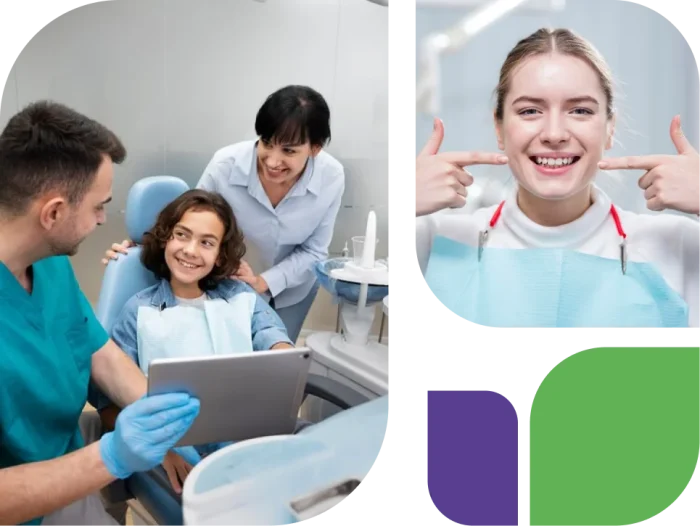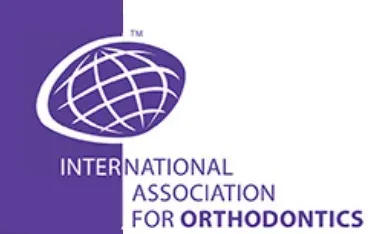In order to appreciate what the IAO represents to dentistry today, it’s important to understand the history of the association’s founding and the sacrifices that the founders made for those who have followed. This history is based on articles in the IAO Bandelette (previous name of the IAO newsletter), which were authored by IAO co-founders Dr. Leon Pinsker and Dr. Max Schleimer in the early 1980s. Additionally, Dr. Schleimer wrote some insights on the IAO’s founding, which will be used here. Both Drs. Pinsker and Schleimer have since passed away.
In the 1950s, general dentists Drs. Schleimer and Pinsker practiced together in Lakewood, California U.S.A. Dr. Schleimer practiced orthodontics after serving an informal preceptorship with a full-time orthodontist. Both decided it would be best for their practice if they returned to dental school for advanced training in orthodontics. Since Dr. Pinsker did not have as much training as Dr. Schleimer, Dr. Pinsker applied and was accepted at the School of Orthodontics at Columbia University, and Dr. Schleimer stayed in California at their practice.
As a graduate dental student at Columbia University, Dr. Pinsker attended the 1959 national meeting of the American Association of Orthodontists (AAO) in Chicago as an invited student guest. It was there that he noticed there were many guest badges. In fact, every member of the Columbia orthodontic department, except one, was attending as a guest. At that time, only AAO members could limit his or her practice to orthodontics. Dr. Pinsker became concerned that “nowhere in the medical or dental profession were requirements so rigid, making it difficult for applicants to become active members of the AAO.”
Upon Dr. Pinsker’s return to California in early 1960, he applied for membership in the Pacific Coast Society for Orthodontists. A representative of that society’s membership committee toured Drs. Pinsker and Schleimer’s office and discovered that they had no walls between their treatment chairs (a novel idea at that time) as well as practicing other modern concepts. After that visit, Dr. Pinsker’s application for membership was denied.
With Dr. Pinsker’s return to the California practice, it was Dr. Schleimer’s turn to attend orthodontic school. Dr. Schleimer had applied and was accepted to Case Western Reserve University’s School of Orthodontics. About the same time Dr. Pinsker was refused society membership, Dr. Schleimer received a letter from Case Western Reserve that a “mistake” had been made and that he had not been accepted as a student, but was only an alternate.
Both dentists felt that organized orthodontists had worked to deny them access to both organizations.
As a result, the office partners decided that a new orthodontic organization should be open to specialists, non-specialists, and all other related professionals. Dr. Schleimer wrote in a 1981 IAO newsletter that “it must be emphasized that we didn’t form the IAO as a negative gesture to the AAO (American Association of Orthodontists), but rather as an attempt to address the inequities that had become apparent to us.”
The problems as described to them were:
- The elitist attitude of some sections of the AAO
- Restrictive measures used to control the dissemination of orthodontic knowledge solely for the benefit of the specialist. Course material simply was not available to the general dentist
- The treatment of foreign specialists, and their technicians, as second-class practitioners who were unable to join the AAO at the time
- The extreme hardship placed upon countless rural families because there dentists were unable to participate in orthodontic courses given at the universities and thus were helpless to serve their young patients whose parents could not afford to travel great distances to an orthodontist
The IAO was incorporated on August 15, 1961 as the “International Academy of Orthodontics” in the State of California. The first office was located in the dental office of Drs. Pinsker & Schleimer and the association was originally maintained at their expense.
Several thousand announcements were designed, printed, and mailed to interested people. According to Dr. Pinsker, “the response was overwhelming and the rest is history.”
Both Dr. Pinsker and Dr. Schleimer in the early years took on the task of developing a group of instructors as well as teaching many courses themselves.


